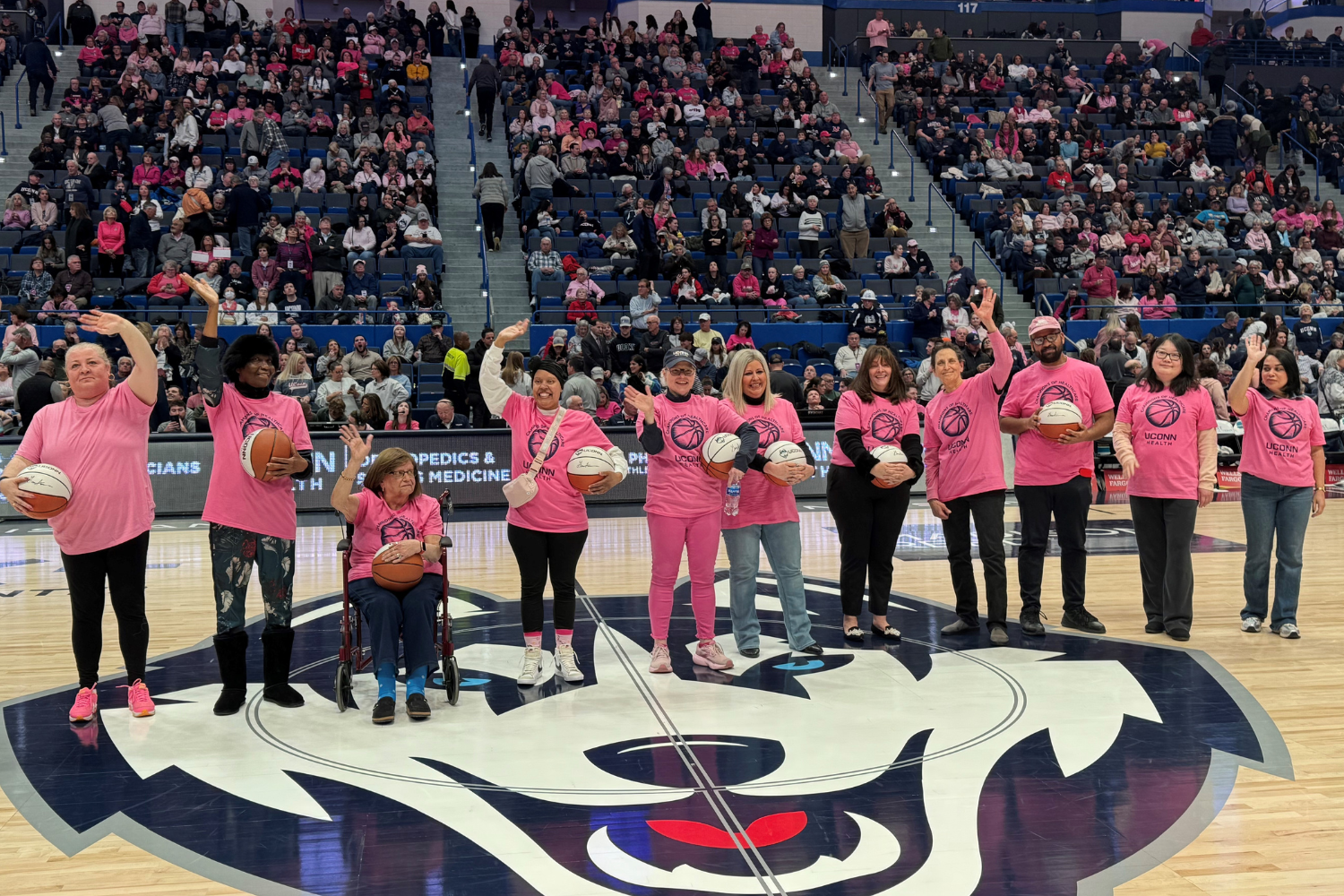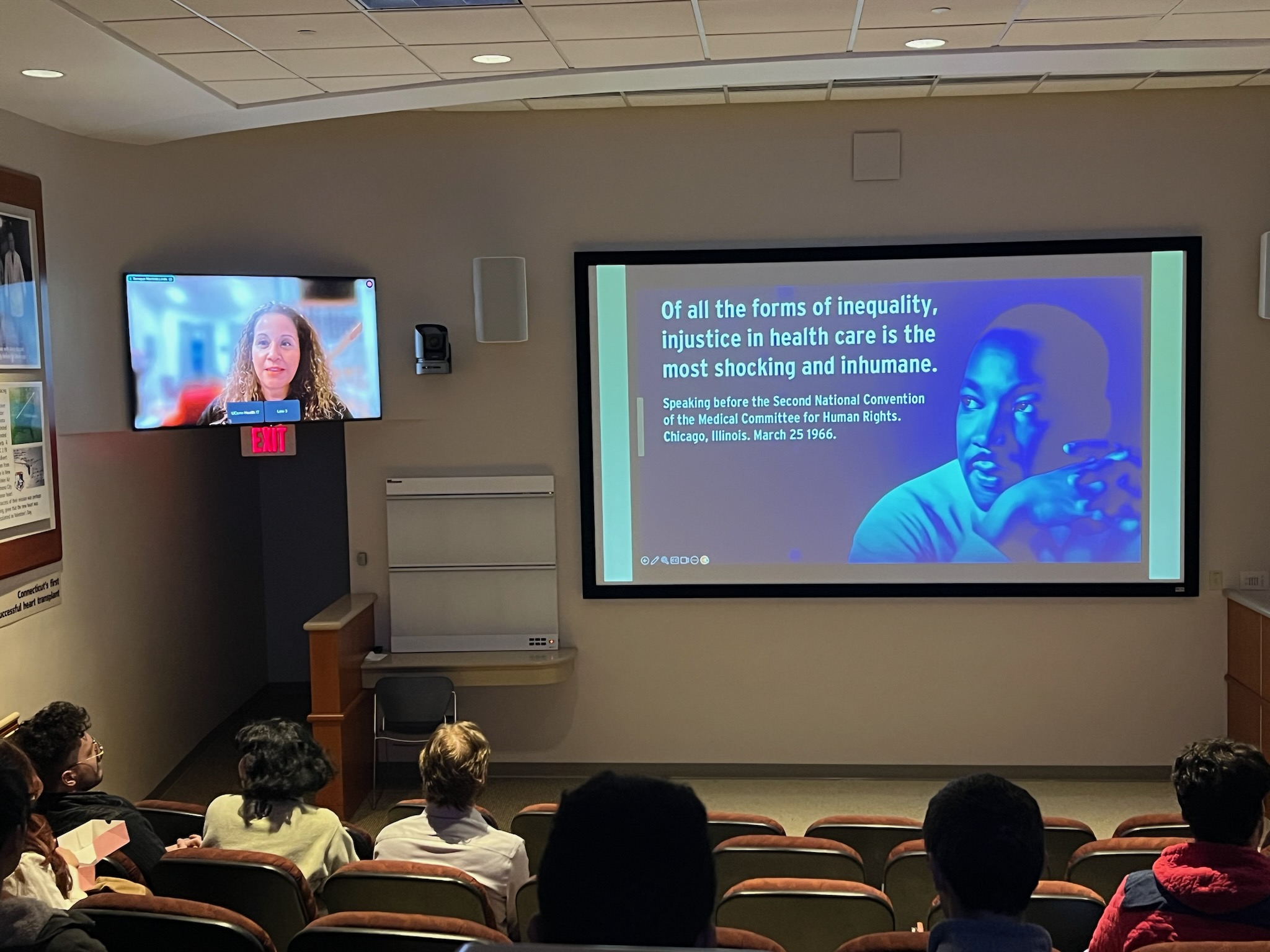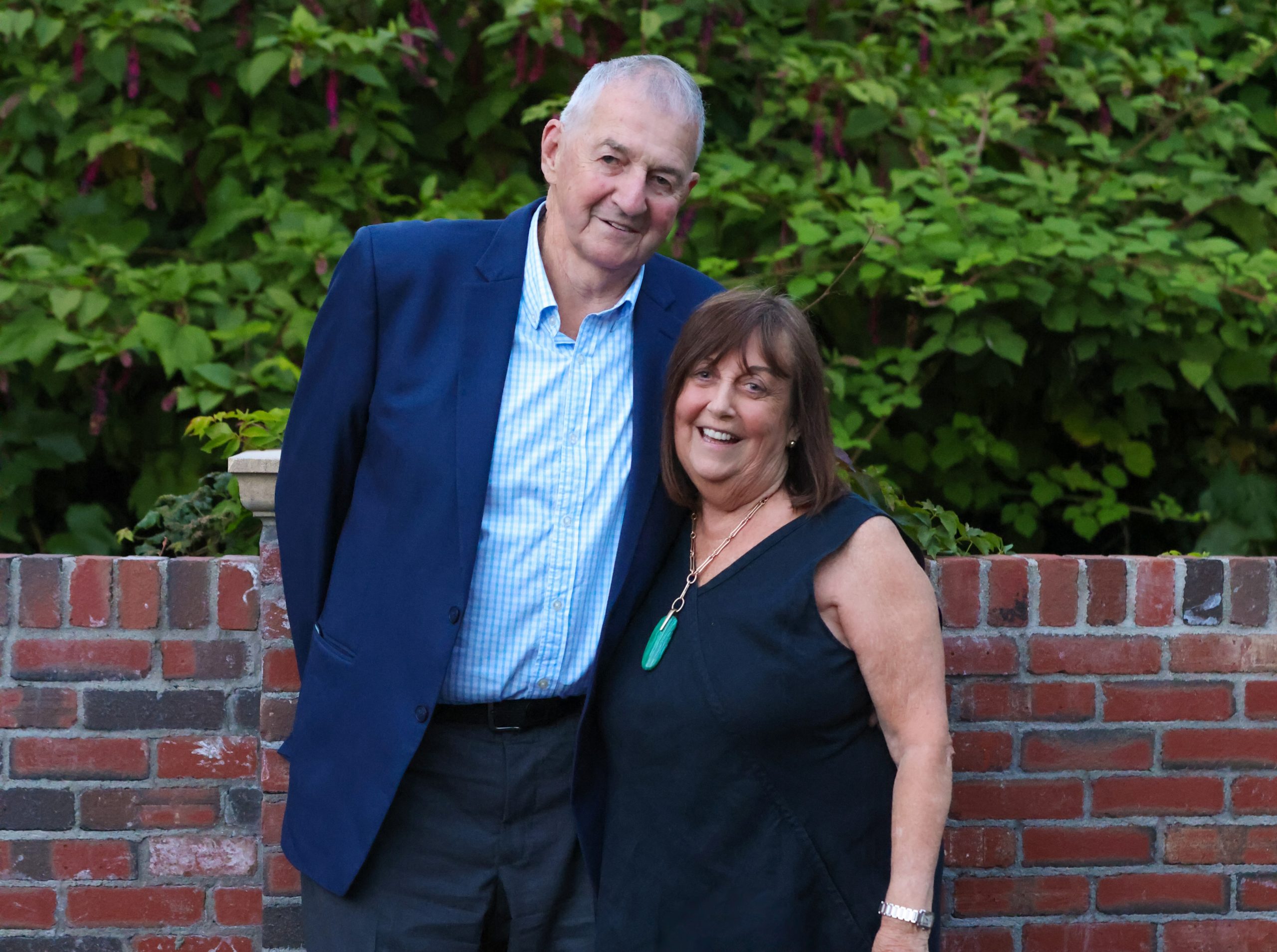A good idea can be worth a lot. Just ask Brenda Milla ’19 (CLAS) and Jaseph Soto Perez, two graduate students in the Department of Physiology and Neurobiology (PNB) who are funded thanks to prestigious fellowships from the National Institutes of Health they won based largely on the strength of their ideas.
Milla suspects that mutations that cause seizures also cause life-threatening breathing problems. Soto Perez’s idea is that a certain type of potassium channel in the wall of brain cells works in concert with an obscure transporter to regulate the activity of neurons that control breathing. Both Milla and Soto Perez could discover lifesaving truths, and potentially even treatments, for people with severe epilepsy.
Ideas are essential to science; researchers who lack them lack a basic tool of the trade. But good ideas are not good enough; in the absence of data, they are merely opinions. Graduate students are often full of ideas but lack data. So they work in the lab of a more established scientist until they have enough data and credentials to get funding on their own. But that spot in the lab isn’t given gratis; graduate students usually are expected to teach classes for their university department, while also performing research and taking classes themselves. Later on they have to carve out time to focus and write a dissertation. All this to earn a salary close to minimum wage. Many graduate students struggle to balance all these demands.
Not surprisingly, only 56% of students who start life science doctoral programs in the United States complete them, according to a report by the Council of Graduate Schools published in 2008.
“Students burn out, especially students with families to support, or who have other responsibilities outside of science,” says Dan Mulkey, a neuroscientist in PNB. Many of these students have diverse backgrounds and could bring fresh perspective and priorities to research if they had the support to continue.
Mulkey decided he could do better for his graduate students. Brenda Milla was the first person in her family to attend college, and Jaseph Soto Perez did his undergraduate work on a music scholarship. Neither of them followed traditional paths to science; Milla started out at UConn Stamford before transferring to Storrs, and Soto Perez spent five years at University of Puerto Rico Arecibo when the PNB Research Experience for Undergrads (REU) program funded by the National Science Foundation placed him in Mulkey’s lab.
Mulkey saw potential in both of them—especially the potential for good ideas. He invited them to join his research team, and he had a plan that would take some of the pressure off. During their very first year of graduate school, he would help both of them apply for the prestigious NIH National Research Service Award (NRSA). These fellowships can provide up to five years of financial support. It includes a stipend plus additional funds for research and travel to scientific conferences. The University also receives some funds for health insurance and tuition. The UConn Graduate School and College of Liberal Arts and Sciences also contribute to make sure the student is fully supported.
And spectacularly, both students won NRSA fellowships. Which means they can both conduct their research without the pressure of teaching. Milla and Soto Perez are thrilled.
Milla took a class with Dan Mulkey (PNB3500), and he invited her to check out his lab. She came once, and then she kept showing up, becoming more and more intrigued by the brain’s role in Dravet syndrome, a severe form of epilepsy in which children tragically stop breathing without warning and die. After learning that virtually nothing is known regarding how Dravet syndrome or epilepsy in general causes respiratory failure, she wanted to make this the focus of her thesis project. She had ideas about how epilepsy associated genes might be expressed in brainstem respiratory centers, ideas of how she could test how expression of these mutant genes affects respiratory activity in mice, and ideas of how understanding this might help children born with Dravet syndrome.
“I am captivated by how the brain regulates breathing. There are fundamental aspects of respiratory control that remain to be investigated, especially in the context of disease, and this challenge excites me,” Milla says.
Soto Perez had ideas, too. “Like most of my friends, I was told ‘Be a doctor, be a lawyer.’ Or another conventional career path that people think is synonymous with success,” he says. Then he came to UConn one summer to work in Mulkey’s lab, and discovered a fascination with neuroscience.
“It’s amazing to think that the brain controls all aspects of ‘self’ and many bodily functions, yet its role in a life-sustaining process like breathing is still poorly understood,” says Soto Perez. This is also an exciting time to be a neuroscientist. “The tools are amazing and so the main limitation is not feasibility so much as asking the right question,” he says.
Soto Perez also had plenty of ideas about research topics. Like the idea that a certain potassium channel formed a functional complex with a inositol (a type of sugar) transporter to control the activity of respiratory neurons. Ideas about whether and how this channel-transporter complex can be targeted to improve breathing patients with various respiratory problems.
It was these ideas of Milla’s and Soto Perez’s that won them support from the NIH; they applied for the grants early in their graduate studies, before they had published any of their data. They weren’t the first students from Mulkey’s lab to receive NRSAs, either. Former student Colin Cleary won a fellowship during his first year as a graduate student, and after receiving his doctorate this spring is now pursuing an MD at UConn Health. Another trainee, Virginia Hawkins, won a post-doc version of the NRSA and is now a professor at Manchester University in England. And recently Maggie Khuu, a first-generation graduate student co-mentored by Mulkey and PNB neuroscientist Alex Jackson, just received an NRSA to study how higher brain regions control heart and lung function.
“Each of my trainees that received one of these awards is still in science,” Mulkey says.
That’s the good news. The bad news? Most UConn graduate students do not apply for these fellowships. Perhaps because they are unaware of these funding opportunities, or their mentors think early stage graduate students would not be competitive. Mulkey urges anyone who’s interested in helping their grad students apply for this to reach out to him. The NIH offers two types of predoctoral NRSAs; regular F31 fellowships and F31-Diverstiy fellowships.
For more details see https://www.nlm.nih.gov/ep/NRSAFellowshipGrants.html
The researchers would also like to thank CLAS and the Graduate School for financial support.



